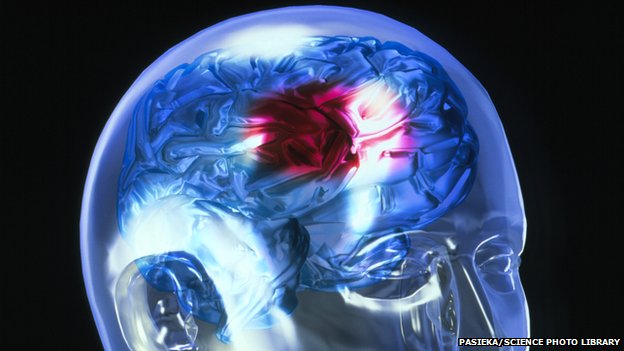
Brain stroke: the importance of recognising risk signals
Cerebral stroke is a pathology that in our country affects about 185,000 people every year, representing the first cause of disability and the third cause of death in Italy. If 150,000 are the new cases, 35,000 are those that follow a first episode of stroke
Stroke: haemorrhagic or ischaemic
Stroke particularly affects people over sixty-five years of age.
Stroke can be of two types: haemorrhagic or ischaemic (more commonly known as ischaemia).
Haemorrhage occurs when an artery ruptures causing blood to leak and invade surrounding tissues, while ischaemia involves a reduction in the oxygen supply to the brain due to a blood clot (or thrombus) occluding the artery.
The risk factors for stroke: rules for proper prevention
If high blood pressure, which can cause haemorrhagic stroke, is a problem that also affects young patients, ischemic stroke mainly affects elderly patients and depends on heart rhythm disorders, or on the presence of atherosclerotic plaques in the arteries carrying blood to the brain, or on vascular risk factors such as diabetes and hypertension itself.
In any case, it is of fundamental importance that patients with these problems have access to an adequate prevention programme and keep their risk factors under control by means of periodic check-ups: from blood pressure, to glycaemia and cholesterol levels, to possible arrhythmia problems.
In addition to specialist examinations, it is also important, with a view to prevention, to maintain a healthy and active lifestyle, with a diet low in salt, animal fats and alcohol and rich in legumes, fruit, vegetables and polyunsaturated fats.
Smoking, another risk factor for this type of disease, should also be taken into account.
Stroke, what are the alarm bells?
There are also a number of symptoms that, if recognised, should be reported immediately to the doctor, so that action can be taken as soon as a stroke occurs. The drugs used to treat ischemic stroke should be administered no more than 4.5 hours after the onset of the disease, otherwise they are counterproductive.
The alarm bells that can help the patient to recognise a situation that deviates from the norm are difficulty in moving and tingling in the limbs, difficulty in seeing (which can for example take the form of a narrowing of the visual field) and difficulty in speaking and remembering words.
A sudden, unprovoked headache can also be a sign to look out for.
If any of these symptoms occur, it is important to seek immediate medical attention or call emergency number.
Read Also:
Stroke, A Small CT Scanner On Ambulances And Helicopters To Aid Rapid Diagnosis
Stroke, Italian Society Of Paediatrics: It Can Also Affect Children From Perinatal Age
Cerebral Stroke: Tips To Prevent It, Signs To Recognise It


